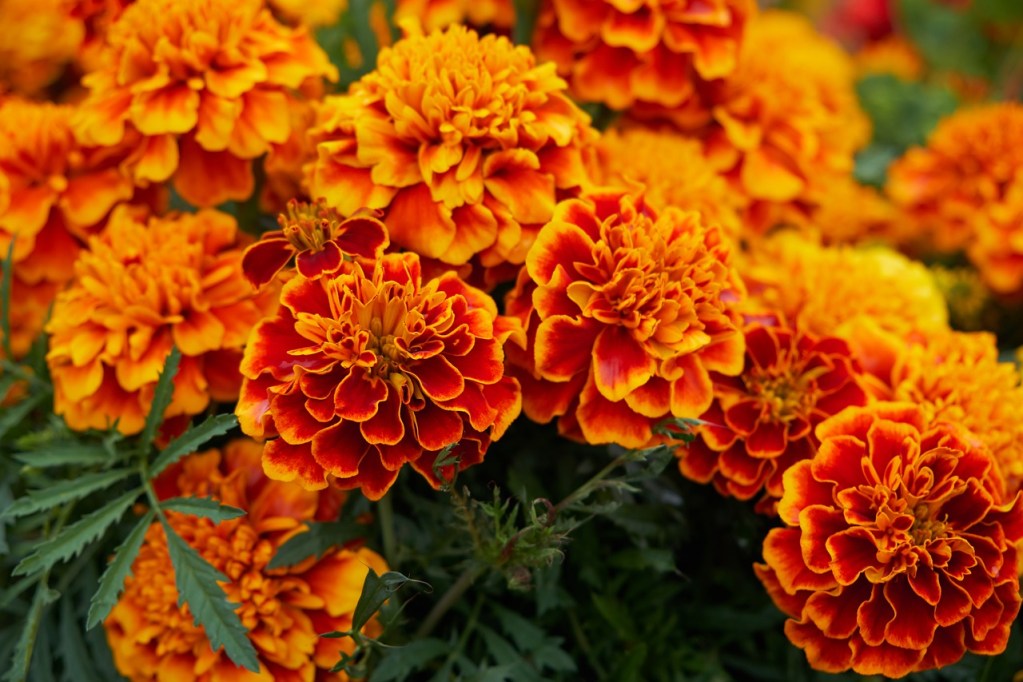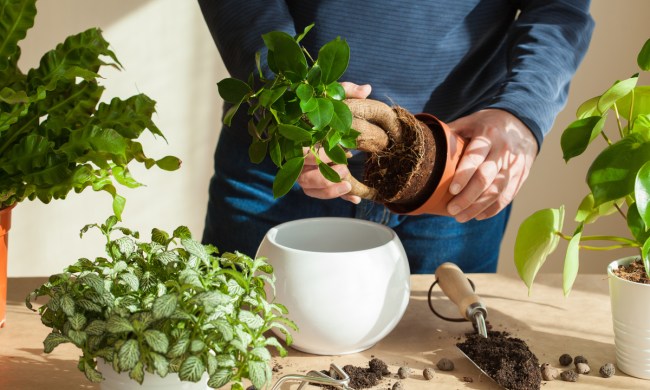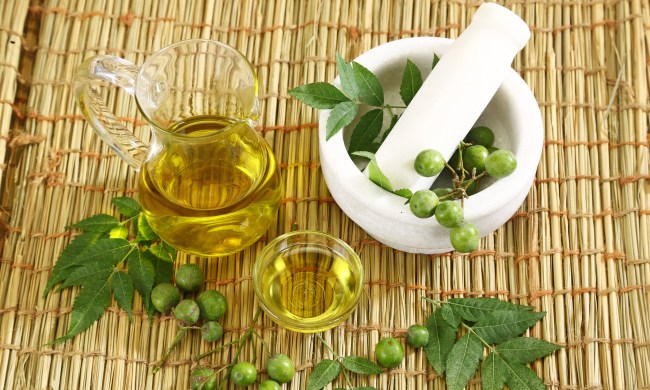Plant a Flower Day is a great day to — you guessed it — plant flowers! On March 12, you can celebrate this holiday with people all around the world by adding some new blooms to your garden. What if you don’t already have a garden, though? If celebrating Plant a Flower Day by starting a beautiful flower garden sounds like a good time to you, then you’re in the right place. Here’s everything you need to know about starting a garden, from the easiest plants to start with, whether you should plant from seed or get starter plants, and how to take care of them!

What are the best flowers to start with?
The absolute best flowers to plant will vary depending on where you live. It’s a great idea to see what flowers are native to your region. Growing native plants is a way you can support your local ecosystem, and they are typically easier to grow since they’re already adapted to your environment.
If you live in an area known for an extreme climate, you might think gardening is more difficult. However, there are still some easy flowers you can grow, tailored to your climate. If you live in or around a desert, you might look for sage or oleander. People in swamp regions can plant rose mallow and blue flag iris. For those up north with harsh winters, add some hellebore or snowdrops to your garden.
In general, some other easy flowers to grow are coneflowers, marigolds, nasturtium, black eyed Susan and sweet William (which bloom at the same time if planted together), daffodils, cosmos, sunflowers, heuchera (which is grown for its colorful leaves, but the flower spike, when dried and crushed, has a remarkable scent), morning glories, phlox, and tulips.

Starting from seed or starter plants
Any flower can be started from seed or starter plants, depending on your preference and what is available in your area. Seeds can be bought online, making them more accessible, but they take longer to bloom, as you have to wait while they grow. Seedlings can also be a little harder to care for, as they’re more fragile when in this stage. Starter plants, on the other hand, are generally limited to what your local stores have. You can get some starter plants online, but it is riskier than getting seeds online. However, you don’t have to wait as long before they bloom, and they’re already past the delicate seedling stage.
If you’re adamant about starting from seed, marigold, nasturtium, sunflowers, cosmos, and morning glories are the safest bets. These require less care than other seedlings and grow very quickly.
When planting starter plants, be sure to loosen the soil around where the flower will grow, including underneath it, rather than just the hole it’s planted in. This makes it easier for the roots to expand. When removing the plant from the container it came in, be gentle and don’t pull it out by the stems, but rather from the base. If the roots are growing in tight circles, gently pull them apart so they’re loose.

Common problems and their solutions
Some of the most common problems are the result of plants not having their needs met. Water and sun are the most likely needs to cause problems in your garden. Plants with browning leaves may be underwatered, while plants with pale yellow leaves are likely getting too much. Plants in the shade that are wilting tend to be suffering from not enough sunlight, while plants in the sun that are developing brown spots on their leaves may be getting sunburnt.
For watering problems, the easy solution is to change how often you water your plants. Issues with sunlight can be a little harder to fix. You can transplant a plant, moving it to another location if the issue is chronic. If the problem is caused by unusual or unexpected weather patterns, you may need to just wait it out. If your plant is getting too much sun and you aren’t able or don’t want to move it, you can add a structure to provide a little shade. This could be something permanent like an awning or temporary like a beach umbrella.
Pests and diseases can also occur. Different plants are vulnerable to different diseases, fungi, and pests, so it’s important to know what your plants may be at risk for. Some general tips for avoiding pests, diseases, and fungal infections are regular weeding, watering in the morning and not at night, and planting a variety of plants, not just one type.
What flowers will you choose for your beautiful garden? Whether you’re a beginner looking for tips to start your very first garden or an experienced gardener looking for some inspiration, you’re all set to get out there and start planting. Enjoy your lovely blooms, and have a wonderful Plant a Flower Day!



